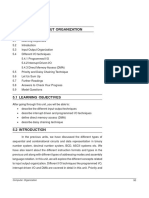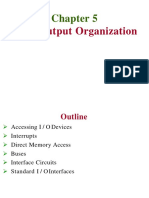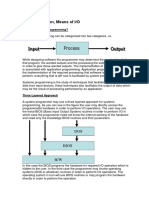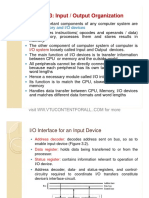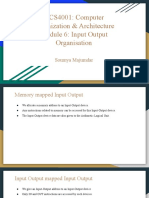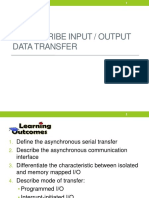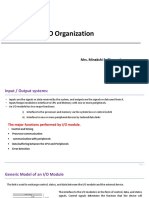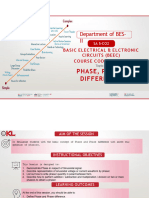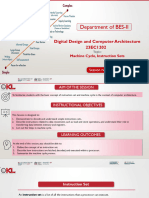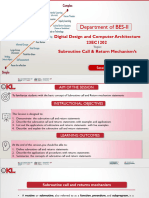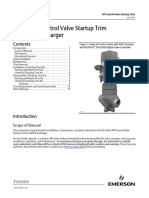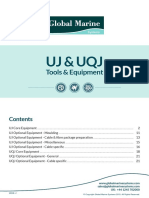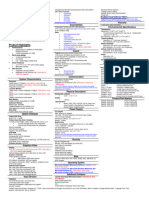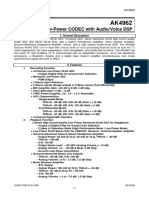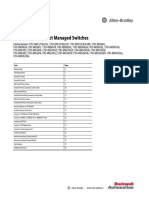0% found this document useful (0 votes)
344 views17 pagesSession - 39 - Programmed Interrupt Driven IO
The document discusses programmed I/O and interrupt driven I/O. Programmed I/O involves the CPU initiating data transfers through instructions, while interrupt driven I/O uses interrupts to signal the CPU when a device is ready to transfer data.
Uploaded by
mohammedsaniyaamrinCopyright
© © All Rights Reserved
We take content rights seriously. If you suspect this is your content, claim it here.
Available Formats
Download as PDF, TXT or read online on Scribd
0% found this document useful (0 votes)
344 views17 pagesSession - 39 - Programmed Interrupt Driven IO
The document discusses programmed I/O and interrupt driven I/O. Programmed I/O involves the CPU initiating data transfers through instructions, while interrupt driven I/O uses interrupts to signal the CPU when a device is ready to transfer data.
Uploaded by
mohammedsaniyaamrinCopyright
© © All Rights Reserved
We take content rights seriously. If you suspect this is your content, claim it here.
Available Formats
Download as PDF, TXT or read online on Scribd
/ 17


